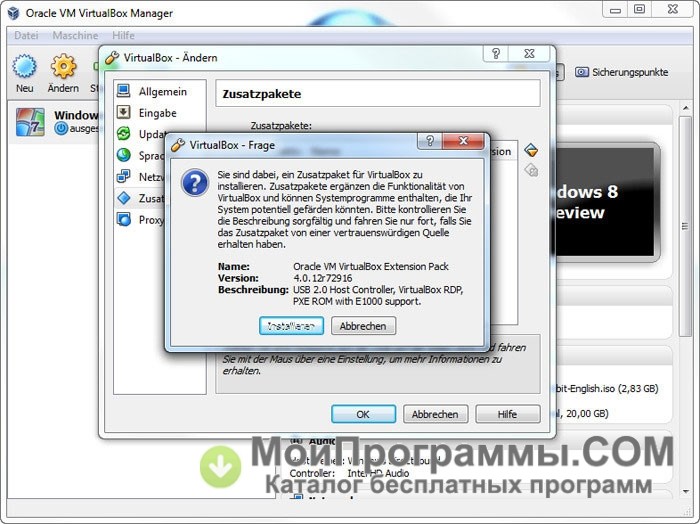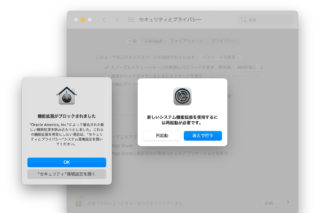


If your use case for Mac hardware is to run arbitrary 圆4 code at high speed in VMs, you should not buy an M1 Mac because that capability does not currently exist. You will not be able to use any OS made for the Intel CPU with Virtual Box on an M1 Mac as the architectures are different. None of this is negativity or cynicism towards M1 Macs - it's just the reality of how switching architectures affects virtualization. VirtualBox has no plans to port to ARM and will not work in Rosetta. Install vagrant software on your Macbook M1/M2. Vagrant also provides prebuilt boxes to use. Rosetta 2 is designed exclusively for user-mode programs and cannot cooperate with virtualization software to run arbitrary OSes in VMs. Vagrant is an opensource software for building and maintaining portable virtualized environments for VirtualBox, KVM, Hyper-V, Docker, AWS, and VMware.

The things OP asked about fundamentally cannot work. The long-term solution is probably going to be running ARM Windows or Linux in a VM and leaning on Rosetta-style compatibility/translation in the client OS to run 圆4 programs.Įdit: Since this is attracting downvotes, maybe it needs some clarification. And just to give a little context, I'm on the M1 MBA with 16GB RAM.The answer to all three of your questions is "If you are worried about this, absolutely do not buy an M1 Mac." Rosetta 2 cannot magically turn VirtualBox from a virtualization management system into a high-performance 圆4 emulator. Unfortunately, you’re not supposed to do this, so getting macOS to run in VirtualBox is a bit of a challenge. Again, I use it for very basic CRUD requests, so that's all I've tested it with. In terms of CPU, I've allocated four cores to the VM, but I haven't seen it use any more than 50% of one core. The VM consumes ~5GB RAM of the 8GB I've allocated to it. Performance-wise, I've found it to be quite snappy (to be fair, I've just tested the basics). The install script ( here) from the vagrant project was quite helpful in installing and configuring the DB. I used keyboard to navigate the OL8 installer, and selected the "server" installation mode with headless packages. From what I've read, hardware acceleration doesn't work either, so my recommendation is to stay away from the UI as much as you can. Mouse didn't work for me, so the GUI is pretty much useless. The setup, configuration and installation is completely manual and will take a significant chunk of time, but the outcome is pretty satisfactory. I've had success running Oracle Linux 8 (x86_64) with UTM, and then installing Oracle DB 21c EE in the VM. I've been struggling to find a solution to this for the past couple of days, and finally have a halfway-decent solution.


 0 kommentar(er)
0 kommentar(er)
